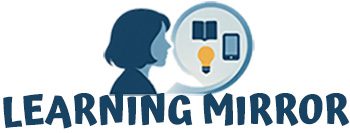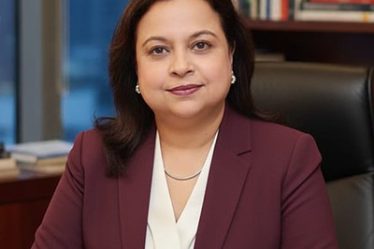
My long-cherished dream came true when I started my first job as a teacher at a reputed school in my hometown, Kolkata. Ever since childhood, I had aspired to become a teacher—deeply inspired by the mentors who shaped my early years. The journey began with great enthusiasm. For years, everything followed a familiar rhythm—entering the classroom, delivering lectures, and managing the typical student reactions like the groans of “Do we have to write again?” or the occasional yawns of the children. For us Millennials, this traditional method was the norm.
Then came a wave of change. The rise of online tools brought a fresh perspective to teaching—gamification, self-paced learning apps, and interactive platforms started making lessons more engaging. Yet, something still felt incomplete. Despite the innovation, the classroom lacked a certain spark.
That changed one day, quite unexpectedly. I wasn’t feeling well but chose to attend school, nonetheless. I was in no shape to stand and teach, and that’s when a thought struck me—on Teachers’ Day, students love stepping into our shoes and teaching their peers. So, I tried the same approach. I handed over the reins to two students and let them lead the grammar class, a subject that’s usually met with disinterest.
To my surprise, they transformed the classroom. With enthusiasm and creativity, they explained concepts, called on classmates, added humour, and made the entire session come alive. The same topic we struggled to teach was understood effortlessly by the class. I was left speechless.
That day, I had a revelation. Sometimes, the best lessons are the ones we don’t teach ourselves. Empowering students and allowing them to take ownership of learning can create magic in the classroom. I realised that teaching isn’t just about delivering content—it’s about creating space for students to discover, connect, and lead. And in doing so, they often end up teaching us, too.
MANALEE PAL


